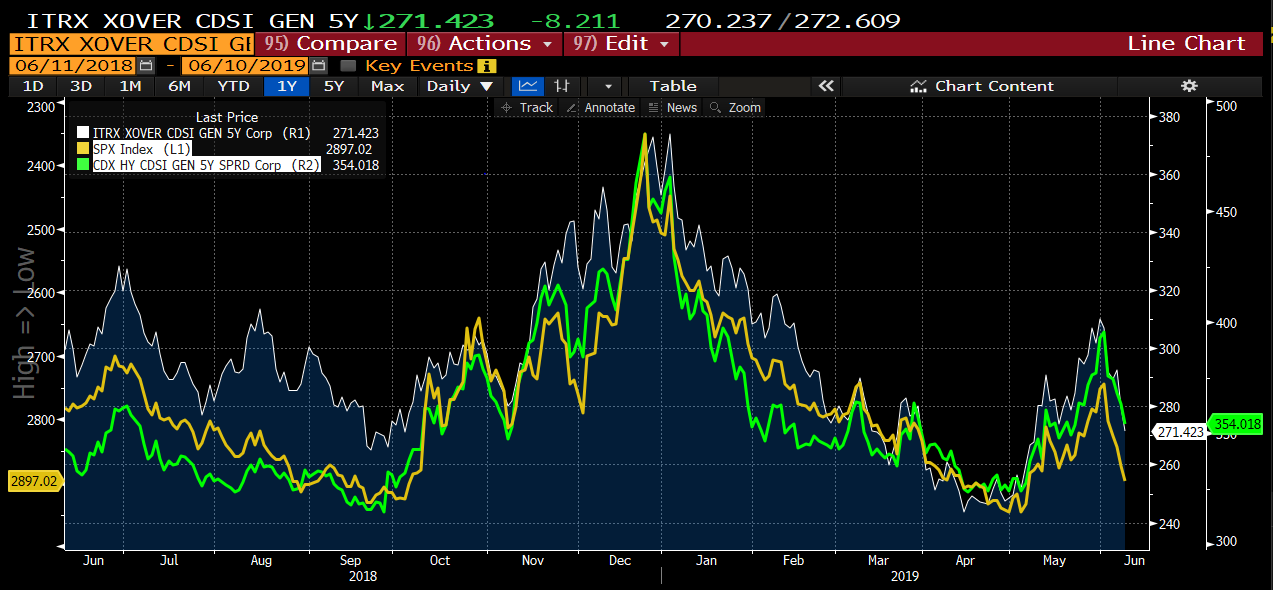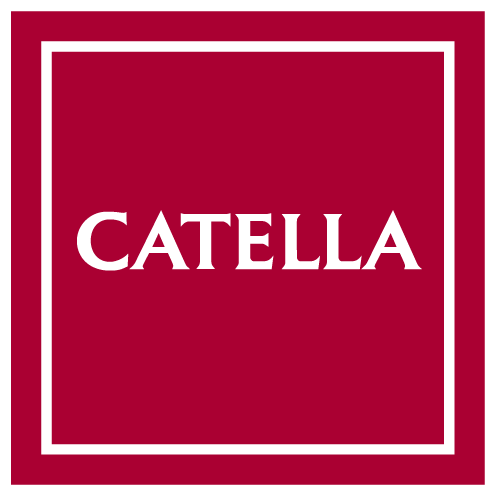The chart below shows US and European credit spreads and the S&P500 stock index for the past year. The movements track each other well, which is perhaps not surprising since stock markets and credit markets make reflective assessments of corporate cash flows.
In order to increase returns when the general interest rate environment is low, most fixed income funds choose to maintain a high proportion of credit risk. The consequence of this is that the diversifying properties of fixed income funds are lower compared to the situation a few years ago. A high proportion of credit risk, measured in terms of yield and credit duration, usually results in a high covariation with the stock market and consequently lower diversifying properties for funds that have that composition. This means there is a risk that fixed income funds will behave in a similar way to equity funds. Towards the end of last year, for example, many fixed income funds showed weak performance alongside the stock market.

What should an investor do in order to achieve returns from fixed income portfolios while preserving their diversifying properties? We believe the answer lies primarily in how the portfolio is constructed, meaning the distribution between interest rate risk and credit risk, and whether the portfolio can easily be varied over time, in other words how liquid it is. Working for a good balance of interest rate risk and credit risk in fixed income funds is entirely reasonable. In today’s environment of economic growth combined with low interest rates, we believe that high-yield credits remain interesting and should be included in fixed income funds as far as possible. However, high credit risk should be combined with interest rate risk in order to achieve a balanced portfolio. But at today’s extreme interest rates, with most of the interest rate curve negative, the diversification benefits are lower with a balanced portfolio; in a worst case, interest rates could rise at the same time as stock markets and credit markets fall. The alternative could then be to instead hedge the portfolio with the help of other instruments in the stock market or with currencies. In addition, one should try to ensure sufficient liquidity in the portfolio in order to maintain freedom of action, and also to assure possible customer flows in the fund. The Nordic credit market has a buy-and-hold character, with generally lower liquidity in the secondary market. This makes it particularly important to maintain a sufficiently diversified portfolio in terms of the number of holdings and sector exposure, especially since the Nordic market is heavily concentrated to the real estate sector. Real estate credits account for almost half of the Swedish high-yield market and can be said to constitute a systematic risk in the Swedish credit market. For this reason, it is wise not to own the market portfolio but to seek broader exposures, even if this comes at the expense of the return.

